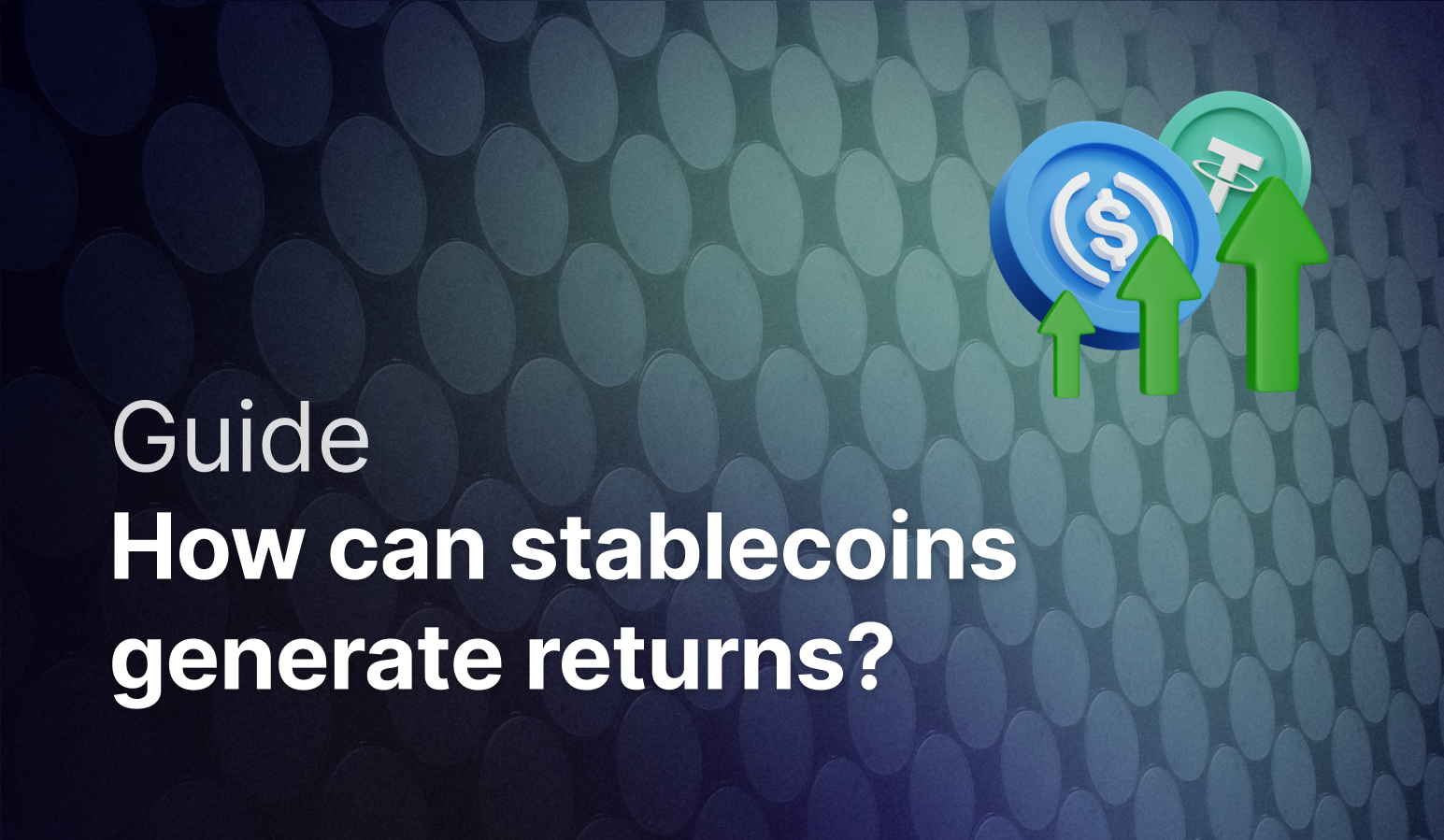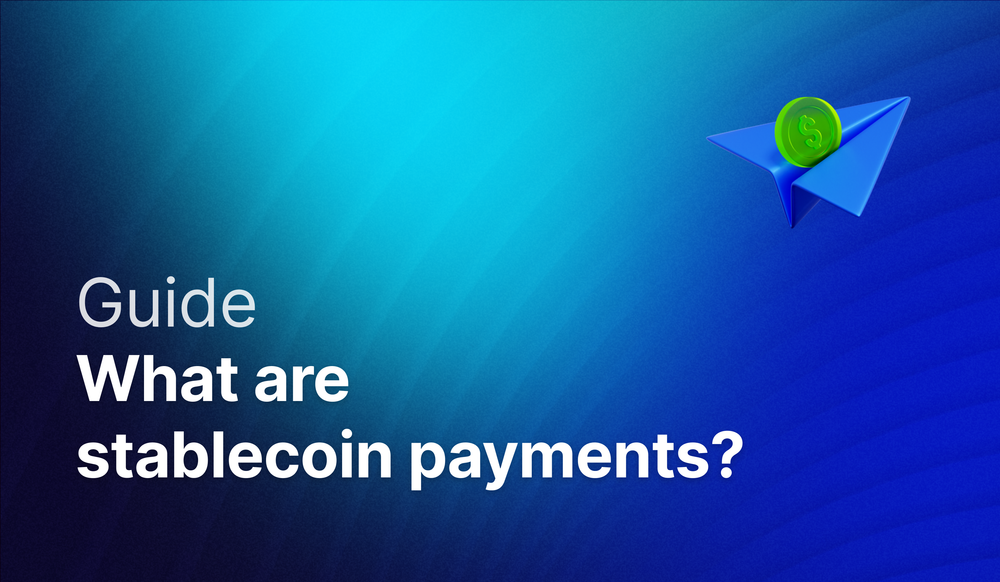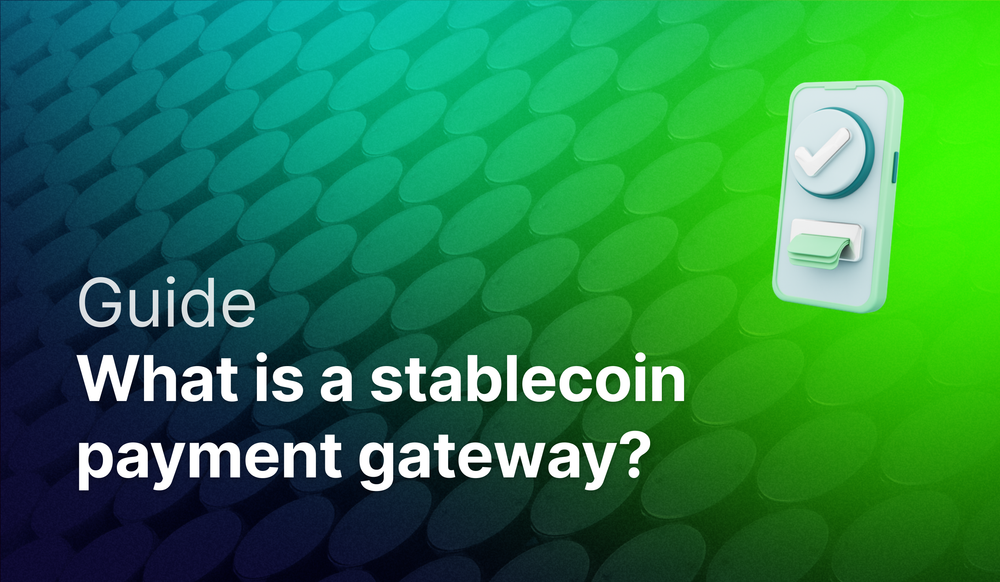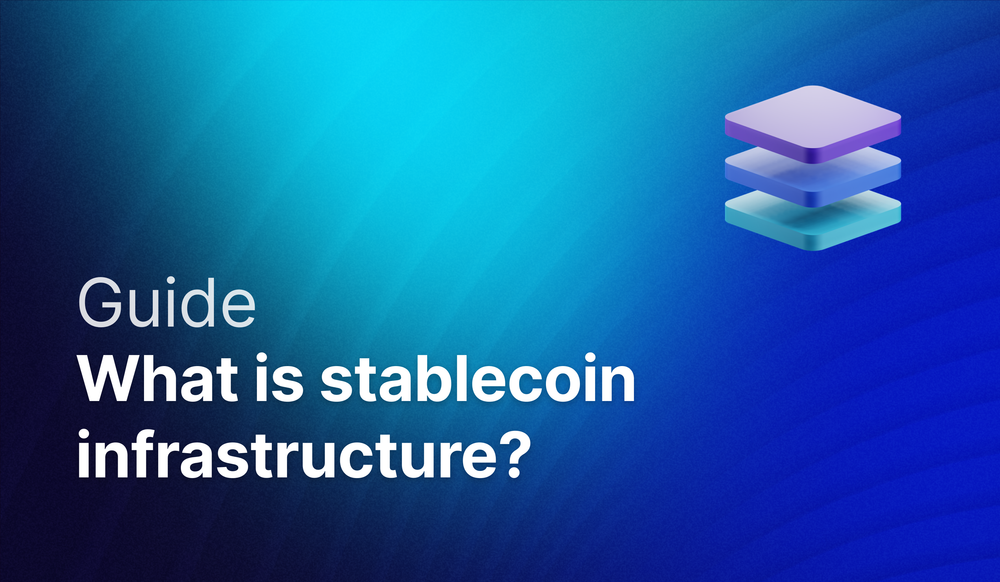The most compelling reason for fintechs and enterprises to understand stablecoin yield generation isn't just optimizing their own holdings—it's the ability to create innovative financial products that can offer customers 5%+ returns in a near-zero interest rate environment. Companies like Kontigo are already demonstrating this value proposition, offering stablecoin savings accounts that significantly outperform traditional bank deposits.
This represents a transformative opportunity to:
- Launch High-Yield Savings Products: Offer customers savings accounts with 5-7% APY versus traditional savings at 0.5%
- Create Tiered Yield Products: Develop conservative to moderate-risk products that still outperform traditional fixed income
- Build Automated Treasury Solutions: Help corporate clients earn on idle cash balances without manual intervention
- Differentiate in a Competitive Market: Offer yields that traditional banks simply cannot match with their current infrastructure
Where Does Stablecoin Yield Actually Come From?
For traditional finance professionals, the most important question is: where does this yield originate? Institutional-grade stablecoin returns come from familiar, low-risk sources:
1. US Treasury Yields
Popular stablecoins like USDC and Tether can be deployed into yield-bearing positions backed by short-term US Treasuries, effectively earning money market returns on digital dollars. This works similarly to traditional Treasury money market funds but more efficiently on stablecoin rails. Companies offering these products can choose to keep the yields for their treasury or pass them through to customers as high-yield savings accounts.
2. Institutional Lending
Just like traditional securities lending, stablecoins can be lent to vetted institutional borrowers who post significant collateral. Platforms facilitate these loans with the same risk management principles banks use, but with greater efficiency and transparency. The borrowers are often market makers, arbitrage funds, or institutions needing short-term liquidity.
3. Network Validation Rewards
Some blockchain networks pay users to help validate transactions—similar to how payment processors earn fees. While the term "staking" might be unfamiliar, think of it as earning transaction processing fees for helping maintain the payment network's security and efficiency.
What Are Fintech Companies Achieving with Stablecoin Yields?
Kontigo offers USDC savings accounts with 5.2% APY to retail customers, demonstrating clear product-market fit. Their yields come from a combination of Treasury-backed stablecoins and institutional lending protocols. By offering returns that are 10x higher than traditional savings accounts, Kontigo shows how fintechs can use stablecoin infrastructure to deliver compelling value to customers while maintaining security and compliance.
What's the Business Opportunity for Banks and Fintechs?
For fintechs and enterprises, stablecoin yields represent a chance to:
- Offer savings products with 10x better yields than traditional accounts
- Attract younger, digitally-native customers expecting better returns
- Generate new fee revenue from yield products
- Future-proof your organization for the stablecoin era
How Can My Company Start Offering Stablecoin Yields?
Crossmint's all-in-one stablecoin platform makes it simple for fintechs and enterprises to offer stablecoin yield products in single lines of code.
With Crossmint, you can:
- Create custodial & non-custodial stablecoin wallets for users
- Access vetted yield sources across Treasury-backed stablecoins and institutional lending
- Maintain full regulatory compliance and customer protection
- Offer yields to all stablecoin accounts
- Generate revenue through management fees on customer deposits
Whether you're a fintech building yield products, an enterprise that pays out a global workforce, or a platform looking to monetize user balances, Crossmint provides the wallet and stablecoin infrastructure to access institutional-grade stablecoin yields.
Contact us today to learn more about our all-in-one stablecoin platform.








